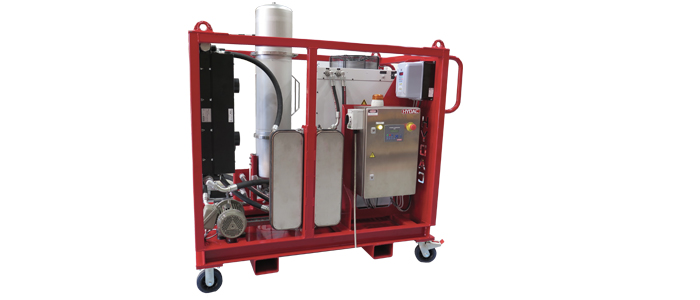- +61 7 3374 2877
- Email Us
Varnish resistance has taken on a new meaning in these times of oil supply disruption and the enormous bills companies must pay to fix varnish build-up problems in gas turbines.
To overcome these challenges, HYDAC offers:
HYDAC Fluid Power Engineer Albert Dobis highlights that removing varnish after it has formed only removes the symptoms and not the root cause.
Gas turbine operation poses challenges to companies
Varnish comes from the breakdown or degradation of oil in the system, Mr Dobis comments.
“The most common modes of turbine oil degradation are oxidation, thermal degradation, and foreign contaminant degradation,” he says.

“Thermal degradation has often been traced back to electro-static discharge in the oil and high temperature arcing.”
Deposits, made up of polymers and acids, form a varnish on the turbine’s metal surfaces, including filters, valves, piping, and heat exchangers, among others. The sticky film of varnish further traps other particles in the turbine system, which builds up over time.
Many problems arise from varnish build-up, including metal surface wear; congesting of oil flow strainers, filters and orifices and sticking and disruption of directional valves; advanced wearing of bearings; loss of heat transfer in heat exchangers; and increased friction, heat, and energy due to varnish’s thermal insulation effect, Mr Dobis comments.
Mr Dobis points out that measuring or detecting varnish is usually done by laboratory oil analysis like an MPC value test.